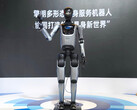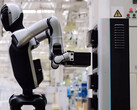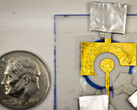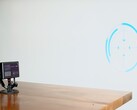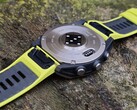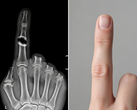A new imaging system developed at the Massachusetts Institute of Technology (MIT) could soon give robots a form of 'X-ray vision'. The technology, called mmNorm, leverages millimeter-wave (mmWave) signals — similar to those used in Wi-Fi and 5G — to peer through materials like cardboard, plastic, and interior walls and reconstruct the precise shape of objects hidden from view.
This represents a major leap beyond traditional radar, which can detect an object's location but provides only coarse representations. The MIT team’s innovation was to analyze how surfaces reflect wireless signals like a mirror. By measuring these reflections from multiple angles, their system can estimate the orientation and curvature of an object's surface, point by point. It then pieces this information together to build a detailed 3D model.
This work really represents a paradigm shift in the way we are thinking about these signals and this 3D reconstruction process. We’re excited to see how the insights that we’ve gained here can have a broad impact — Laura Dodds, lead author of the paper on the research.
In tests, mmNorm achieved an impressive 96% reconstruction accuracy on a range of complex objects, from silverware to power tools, significantly outperforming previous methods. The technology could revolutionize robotics and automation by allowing a machine to not just know an object is in a box, but to identify what it is, its orientation, and whether it’s damaged, all without opening the container.
Other potential applications include equipping factory workers with augmented reality headsets that can display the internal components of machinery, or enhancing airport security scanners to get a clearer picture of concealed items. While the system cannot yet see through metal or very thick walls, the researchers are working to improve its capabilities.





